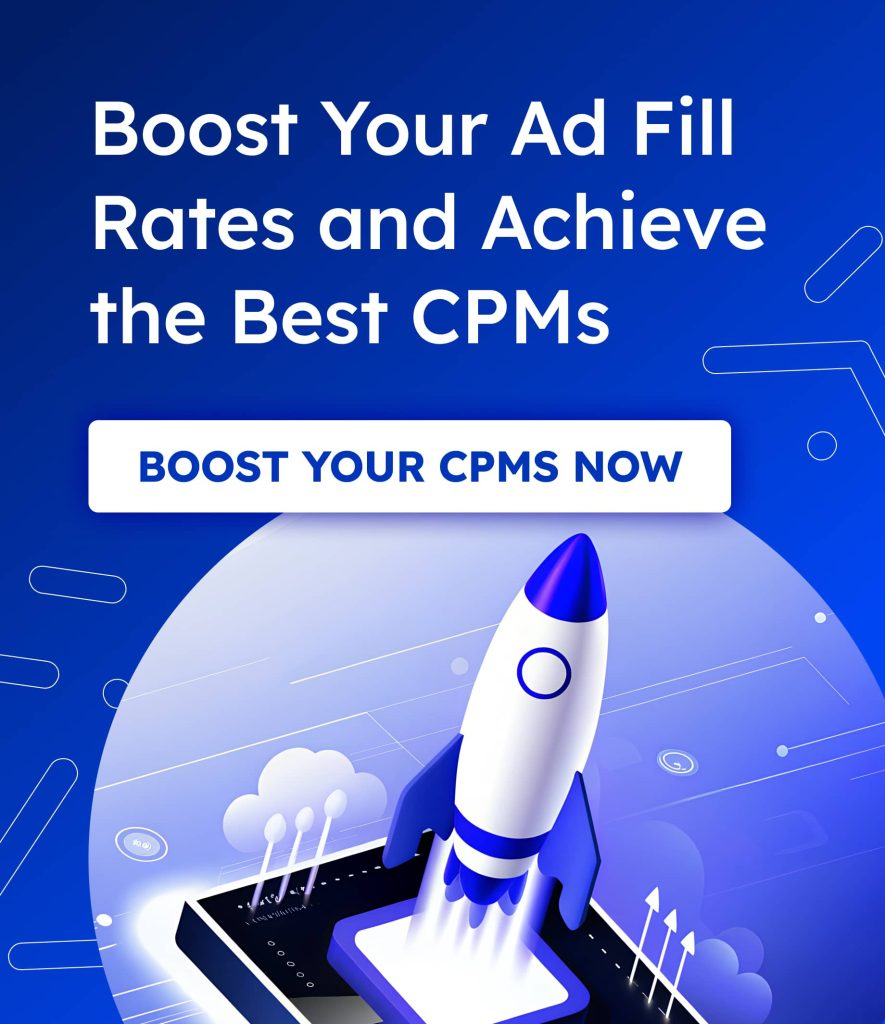In the ever-evolving world of digital advertising, Cost Per Lead (CPL) stands out as a pivotal metric for businesses aiming to optimize their marketing spend while driving measurable results. But what exactly is CPL, and how does it influence your advertising strategy? Let’s dive deeper into its definition, working mechanism, benefits, challenges, and cost reduction strategies.
What is CPL?
CPL, or Cost Per Lead, refers to the amount an advertiser pays to generate a single lead—typically a potential customer who has expressed interest by completing an action, such as signing up for a newsletter or filling out a contact form. It’s a pricing model widely used in performance marketing, where advertisers pay only for qualified leads.
Why is CPL Important?
- It supports data-driven decisions for ROI-focused marketing strategies.
- It ensures that your ad spend directly correlates with tangible outcomes.
- It helps gauge the effectiveness of specific campaigns in attracting potential customers.
Formula to Calculate CPL:
CPL= Total Campaign Cost/Number of Leads Generated
For example, if your campaign cost $500 and generated 50 leads, your CPL would be $10.
For further insights into CPL trends, explore this report on global advertising spend by Statista.
How CPL Works
CPL campaigns are often executed on performance marketing platforms. Here’s how the process works:
- Advertiser Goals: The advertiser defines the desired lead action, such as form submissions or email signups.
- Ad Placement: Ads are placed on various channels, such as search engines, social media, or publisher websites.
- Lead Generation: Users interact with the ad and complete the required action.
- Payment: The advertiser pays the publisher or platform based on the number of valid leads.
Fun Fact: According to eMarketer, CPL campaigns have seen increased adoption in industries like financial services and e-commerce, where quality leads drive significant revenue growth.
Benefits of CPL for Publishers and Advertisers
- High ROI: Advertisers only pay for verified leads, making it a cost-effective model.
- Quality Leads: CPL campaigns focus on specific actions, ensuring that leads are more likely to convert.
- Measurability: With clear data on costs and outcomes, marketers can easily assess campaign performance.
- Scalability: Once optimized, CPL campaigns can be scaled to generate more leads without drastically increasing costs.
According to HubSpot’s Marketing Benchmark Report, campaigns using a CPL model tend to outperform generic impression-based campaigns by up to 32% in conversion rates.
Challenges of CPL Campaigns
While CPL campaigns are effective, they come with their own set of challenges:
- Lead Quality Issues: Not all leads are of equal value. Some may not meet the desired criteria, leading to wasted spend.
- Fraud Risk: Fraudulent leads generated by bots or click farms can inflate CPL figures.
- Attribution Complexity: Accurately attributing leads to specific campaigns or channels can be tricky without proper tools.
Strategies to Lower CPL Costs
Maximizing the efficiency of your CPL campaigns requires strategic planning and continuous optimization. Here are some proven strategies:
- Refine Targeting:
You can use precise audience segmentation to target the right users. - Enhance Ad Creative:
High-quality, engaging visuals and compelling ad copy significantly improve click-through rates (CTR) and lower CPL. A/B testing is essential to identify the most effective ad elements. - Optimize Landing Pages:
Your landing page is critical for conversion. Improve page load speed, ensure mobile-friendliness, and design clear CTAs to boost lead capture rates. Google’s PageSpeed Insights is a great tool for this. - Leverage Retargeting:
Retarget users who interacted with your website but didn’t convert. Retargeted ads often have a lower CPL due to higher intent. - Use Predictive Analytics:
Employ predictive analytics tools to identify high-converting audience segments and adjust bidding strategies dynamically.- Learn more about predictive analytics in this Forrester report.
- Ad Placement Optimization:
Work with premium SSPs like WaardeX to secure high-quality ad placements, ensuring better engagement and conversion rates. - Focus on Lead Quality:
Instead of volume, prioritize campaigns that generate fewer but higher-quality leads. Adjust your messaging to attract the right audience.
CPL in Programmatic Advertising
Programmatic advertising platforms, such as WaardeX, provide advanced tools to optimize CPL campaigns. Features like real-time bidding, data-driven targeting, and fraud prevention ensure advertisers achieve better lead quality at reduced costs.
For instance, AdExchanger notes that programmatic platforms equipped with machine learning can reduce CPL by up to 20% by optimizing bids and audience targeting in real-time.


Conclusion: Implementing CPL Effectively
CPL is more than just a pricing model; it’s a powerful tool for achieving marketing efficiency. By understanding how CPL works, addressing its challenges, and implementing strategies to lower costs, businesses can drive high-quality leads while optimizing their ad spend.
When partnered with platforms like WaardeX, which offer transparency and advanced targeting, CPL campaigns can unlock unparalleled growth opportunities for advertisers and publishers alike.
